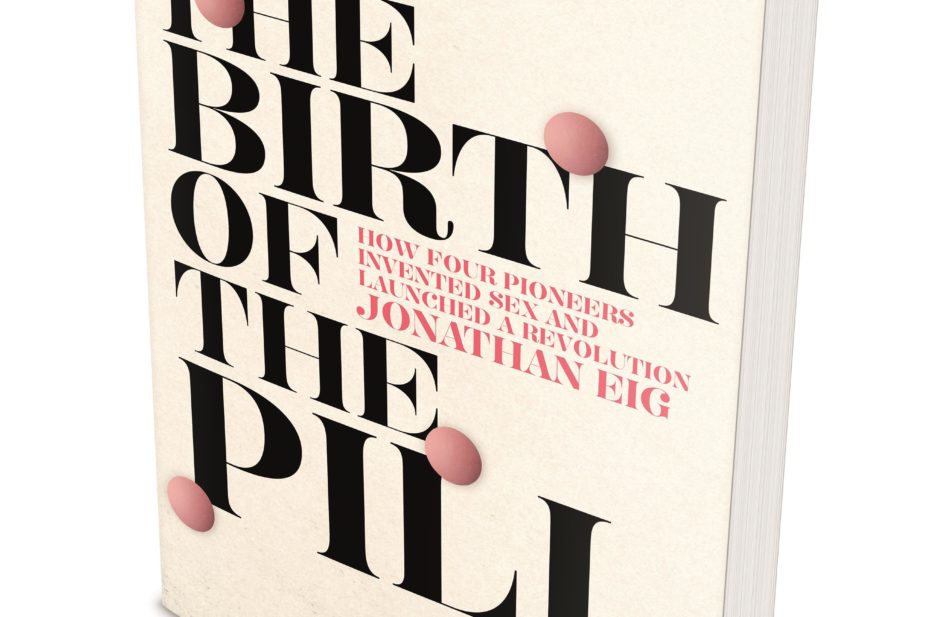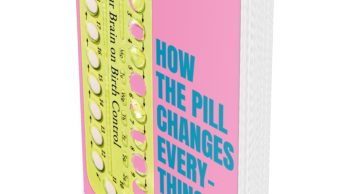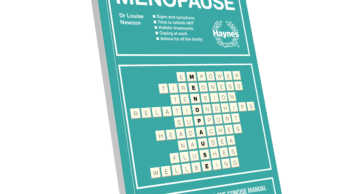
This engaging book charts the fascinating scientific, social and cultural story behind the development of the first oral contraceptive tablet. The pioneers mentioned in the subtitle were an odd bunch of dreamers — an ageing fiery feminist who, since 1913, had campaigned for biological birth control; a septuagenarian former society beauty who wanted to put some of a US$35m inheritance to good use; a visionary biologist shunned by the scientific community for his radical beliefs; and a maverick gynaecologist whose views on sexual matters conflicted with those of his Catholic religion.
Research began in a converted garage in 1950 with the aim of finding a hormone that would prevent ovulation in the way that natural progesterone stops it during pregnancy. Animal studies were encouraging but arranging human testing was difficult, and much of the book is devoted to the questionable ways in which this was achieved. The first subjects were mental hospital patients and student volunteers, but the former proved unreliable and the latter tended to drop out because of side effects such as headaches and nausea. The research moved to Puerto Rico, where desperate mothers of large families were ready to try anything to prevent further pregnancies. Then, back in the United States, 50 women took part in a trial that was described to them as a fertility study. In fact, from the beginning, the real purpose of the research was disguised to forestall opposition. With quiet support from GD Searle & Co [now part of Pfizer], the research led to an oestrogen–progestin combination (mestranol 150mcg and norethynodrel 9.85mg).
To gain approval from the US Food and Drug Administration (FDA), Searle presented the product, Enovid, as a menstrual cycle regulator — with a warning that it “will likely prevent pregnancy”. Soon after its launch in 1957, doctors were widely prescribing it off-label for contraception and, in 1960, the FDA officially approved it for that use. (It was launched in the UK as Enavid a year later.) Brilliantly researched, the book is not so much an account of drug development as a gripping biography of its larger-than-life main characters and an account of research that by today’s standards was both inadequate and unethical. Highly recommended.
References
‘The birth of the pill: how four pioneers reinvented sex and launched a revolution’ by Jonathan Eig. Pp388 £16.99. London: Macmillan; 2014. ISBN 978 0 85711 155 5


